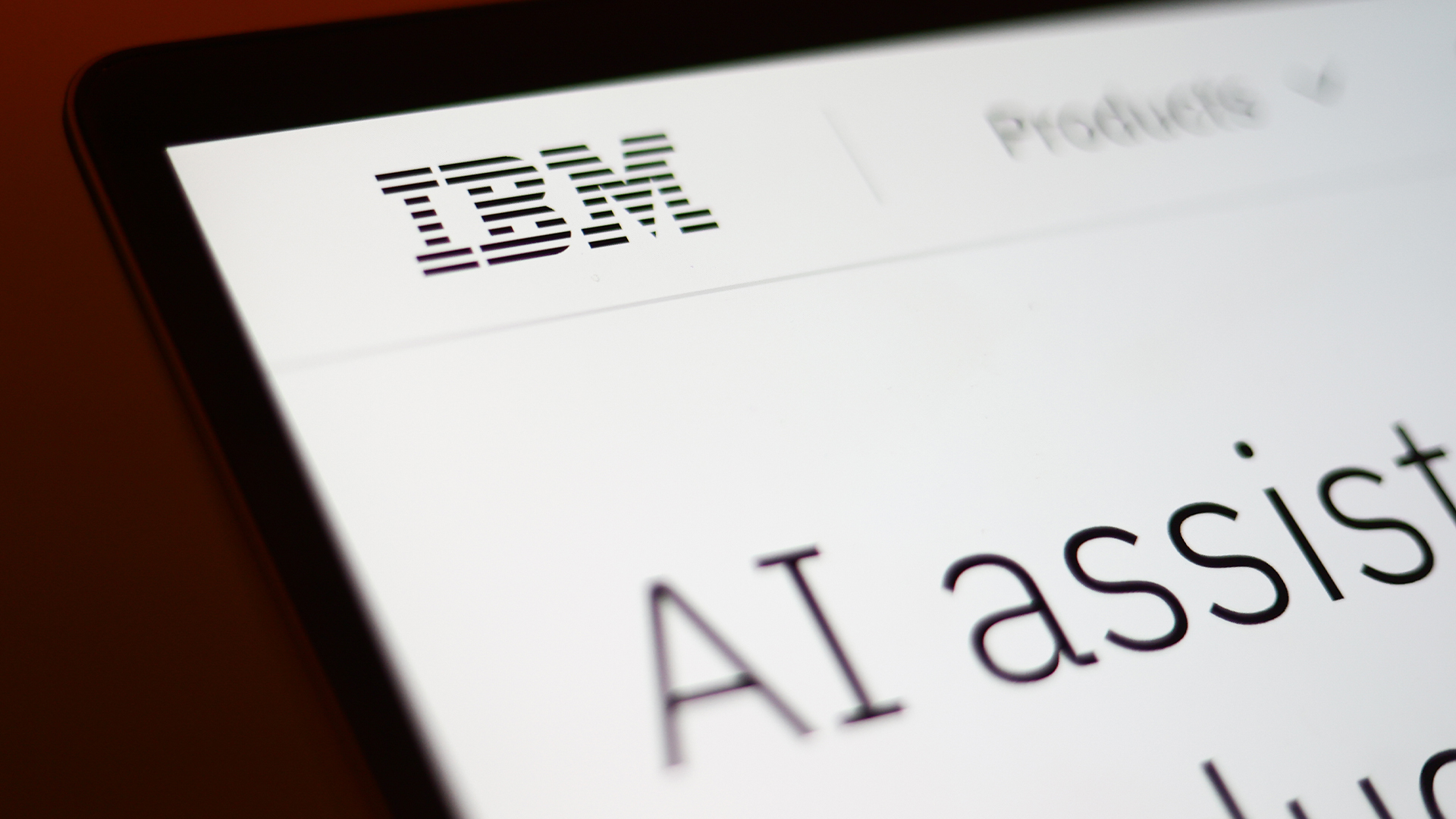IBM successfully transmits text using graphene-based circuit
Big Blue confident it can use fragile material within smartphones and tablets.

IBM has successfully transmitted a text message using a circuit made out of graphene, as the firm shows the potential of carbon-based nanotechnology.
Graphene consists of a single layer of carbon atoms packed into a honeycomb structure. The low-cost material is an excellent conductor of electricity and heat, which meakes it ideal for use in smartphones and tablets as data can be transferred faster, save power and be more cost efficient.
The barrier to using graphene within integrated circuits is its fragility. But IBM believes it has found a way to compensate for this weakness by using silicon as a backbone for circuits.
The firm created an RF receiver using three graphene transistors, four inductors, two capacitors, and two resistors. These components were packed into a 0.6 mm2 area and fabricated in a 200mm silicon production line.
Big Blue's scientists were able to send and receive the digital text "I-B-M" over a 4.3 GHz signal with no distortion. The firm claims performance is 10,000 times better than previous efforts and is confident graphene can now be integrated into low-cost silicon technology.
The firm said applications could involve using graphene within smart sensors and RFID tags to send data signals at significant distances.
"This is the first time that someone has shown graphene devices and circuits to perform modern wireless communication functions comparable to silicon technology" said Supratik Guha, director of physical sciences at IBM Research.
Get the ITPro daily newsletter
Sign up today and you will receive a free copy of our Future Focus 2025 report - the leading guidance on AI, cybersecurity and other IT challenges as per 700+ senior executives
-
 Should AI PCs be part of your next hardware refresh?
Should AI PCs be part of your next hardware refresh?AI PCs are fast becoming a business staple and a surefire way to future-proof your business
By Bobby Hellard Published
-
 Westcon-Comstor and Vectra AI launch brace of new channel initiatives
Westcon-Comstor and Vectra AI launch brace of new channel initiativesNews Westcon-Comstor and Vectra AI have announced the launch of two new channel growth initiatives focused on the managed security service provider (MSSP) space and AWS Marketplace.
By Daniel Todd Published
-
 Put AI to work for IT operations
Put AI to work for IT operationswhitepaper Reduce the cost and complexity of managing hybrid applications
By ITPro Published
-
 AI in the retail industry is spreading beyond the IT department
AI in the retail industry is spreading beyond the IT departmentNews AI has become a strategic imperative for retailers, delivering marked productivity gains
By Emma Woollacott Published
-
 Maximizing contact center operations with generative AI assistants backed by responsible AI principles
Maximizing contact center operations with generative AI assistants backed by responsible AI principleswhitepaper Reduce the cost and complexity of managing hybrid applications
By ITPro Published
-
 IBM just launched powerful new open source AI models – here’s what you need to know
IBM just launched powerful new open source AI models – here’s what you need to knowNews Available under the Apache 2.0 license, IBM's Granite 3.0 models are trained on enterprise data and can out-perform the competition
By Emma Woollacott Published
-
 Achieving business outcomes with generative AI
Achieving business outcomes with generative AIWebinar Take your hybrid cloud journey to the next level with generative AI
By ITPro Published
-
 Wimbledon’s new Catch Me Up AI feature promises to keep fans up to date at the tournament – after it irons out some of the wrinkles
Wimbledon’s new Catch Me Up AI feature promises to keep fans up to date at the tournament – after it irons out some of the wrinklesNews The latest feature to come out of IBM’s partnership with Wimbledon will keep fans engaged from the early stages right through to the final with dynamic player insights
By Solomon Klappholz Published
-
 AI demands new ways of data management
AI demands new ways of data managementwhitepaper The data leader’s guide for how to leverage the right databases for applications, analytics and generative AI
By ITPro Last updated
-
 AI governance for responsible transparent and explainable AI workflows
AI governance for responsible transparent and explainable AI workflowswhitepaper Build greater trust in your AI
By ITPro Published